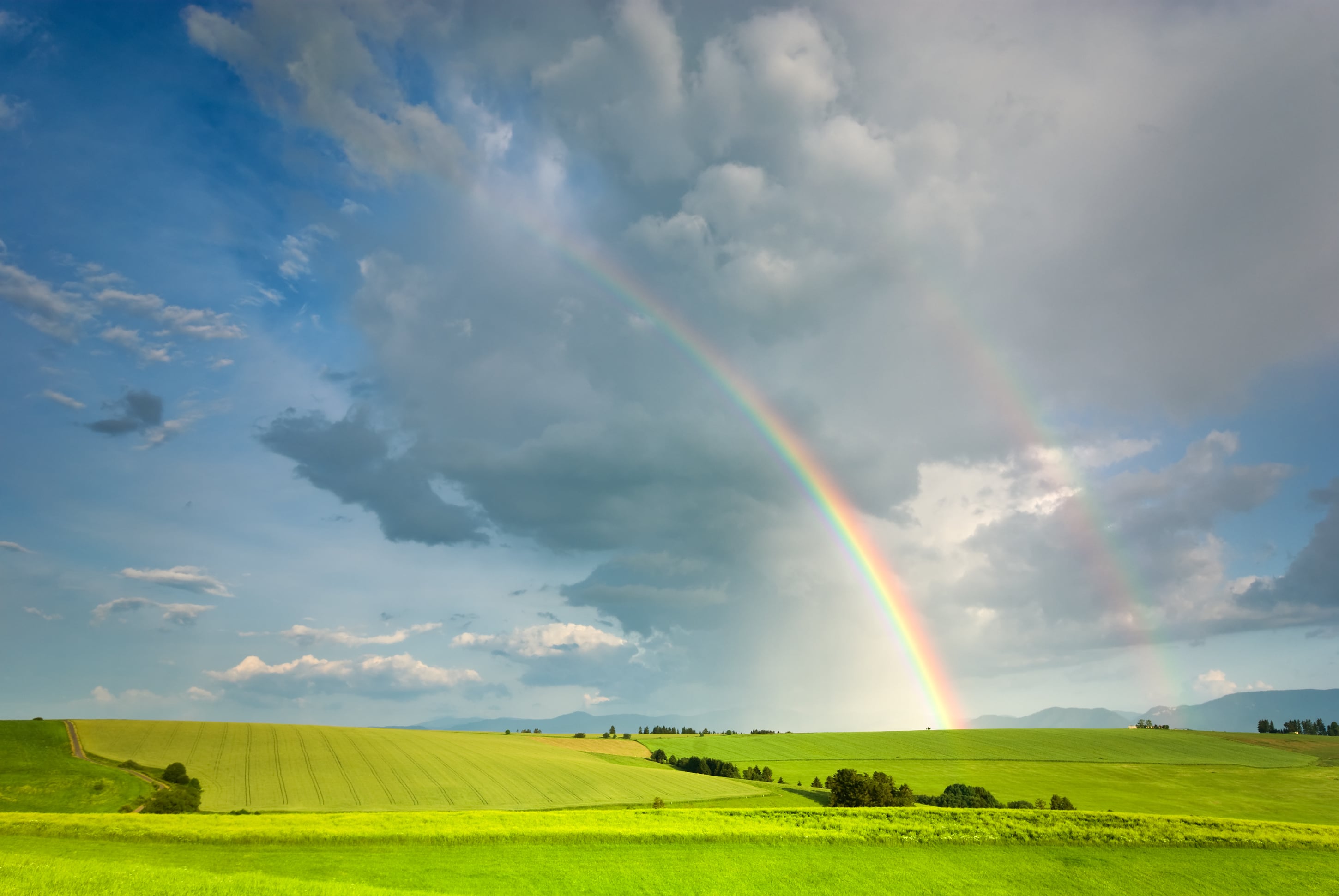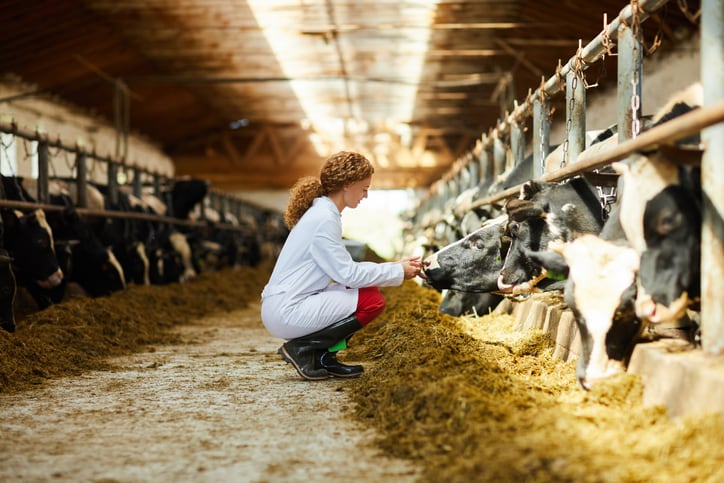Cattle farmers in the UK have been urged to make plans against potential poor grass growth as the country is experiencing uncharacteristically dry spring.
While strong growth rates were achieved in early May, the dry weather spell has been a cause for concern, especially in the direst regions such as Hampshire, Greater Manchester, Lancashire and Yorkshire.
Katie Evans, AHDB senior knowledge exchange manager, said the lack of rainfall ‘could significantly slow growth, reduce silage yields and impact grazing availability’.
“At this point, it is worthwhile for farmers to assess both summer and winter feed requirements and start building contingency plans.
“This might include reviewing silage stocks, being prepared to cut earlier than usual to prioritise feed quality over bulk and considering fast-growing catch crops for summer or autumn grazing.
“Grazing management is especially important during dry periods. Rotational grazing can help protect residuals and reduce plant stress, and where pasture supply is tight, using buffer or supplementary feeding early can protect sward recovery later in the season.
“It’s about being proactive: resting paddocks, avoiding overgrazing and planning to preserve pasture cover. These small decisions now can help maintain long-term resilience and avoid bigger challenges later in the year.”
Meanwhile, Richard Lane, dairy advisor and nutritionist at The Dairy Group, also warned that the prolonged dry spell could affect forage availability later in the year. “Silage cutting is underway and while quality looks promising, yields are back slightly on some farms due to the dry conditions.
“Grass growth has been steady rather than strong, and many farms are still buffer feeding to maintain milk output, helped by a good milk price. However, forage carry over is variable – for some it’s a feast, for others a famine."
He adds that if rain does not arrive soon, there may also be challenges for spring reseeds and maize, with reduced moisture availability likely to impact growth and yields.
“While there’s no need for panic, it’s sensible for farmers to conduct a forage budget now and have contingency plans in place. On one of our client’s farms in Somerset, they recorded just 36mm of rain in March and April, compared to 300mm in April 2024. If we don’t see rain soon, moisture deficits could become a real concern.”
Extreme weather events are set to continue in the years ahead, according to data from the UK Climate Projections. And modelling carried out by the AHDB shows that the immediate risks to farming from climate events are linked to risks to productivity.
Ther are specific climate considerations at every farm, however - everyone should be assessing their business and identifying potential risk areas and taking action, Rachael Madeley-Davies, AHDB Head of Environment (Technical), suggested.
“Many farmers will already be aware of the risk of flooding on their farm, or experienced first-hand the impact of extreme rainfall, heatwaves and drought.
“However, it now needs to be a focus for all as we see more and more of these events.”




